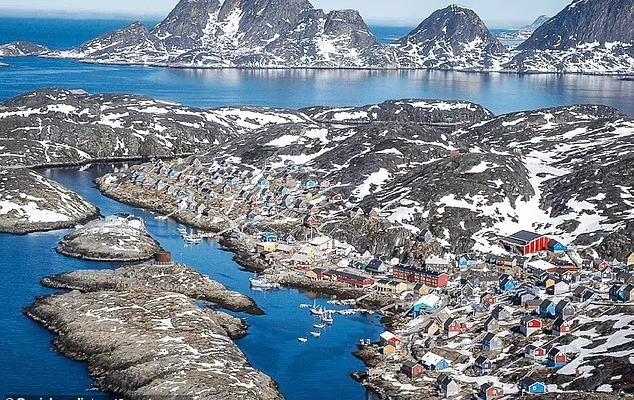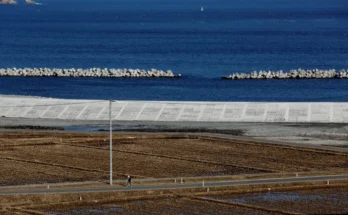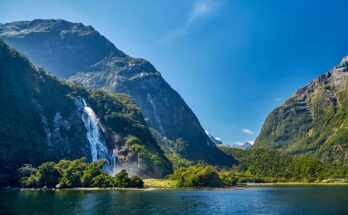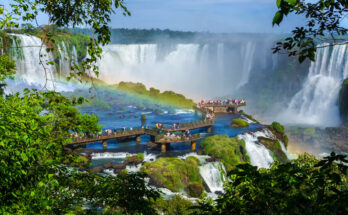Beneath the vast, frozen expanse of Greenland lies an extraordinary geological treasure trove. Hidden under thick sheets of ice and snow, this Arctic island is home to some of the richest raw material deposits on Earth. Though Greenland is often associated with its remote and inhospitable environment, its deep geological history tells a story of immense mineral wealth that could play a crucial role in the future of global industry and technology.
A Geological Goldmine
Greenland isn’t just the world’s largest island, it’s a relic of Earth’s ancient crust, shaped by billions of years of geological processes. The rocks found here are among the oldest on the planet, dating back more than three billion years. Over these vast stretches of time, tectonic activity, volcanic events, and mineral-rich intrusions have created a landscape rich in valuable resources.
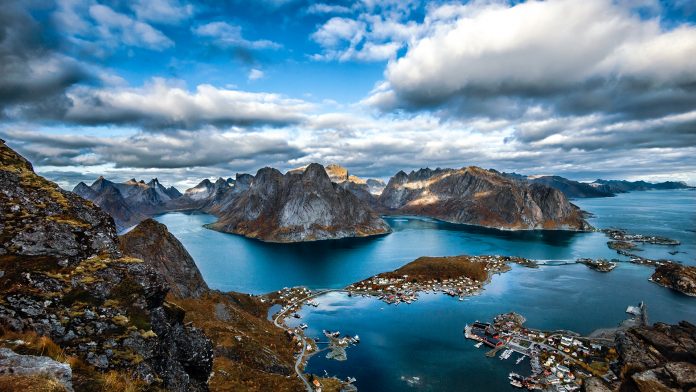
Among the many deposits found beneath Greenland’s ice are rare earth elements, gold, platinum, iron, uranium, and even diamonds. These materials are critical for a variety of industries, from electronics and renewable energy to defense and high-tech manufacturing. Many of these resources are hosted within carbonatites, pegmatites, and banded iron formations—geological structures well documented in regions such as southern Greenland and the Gardar Province.
The Race for Critical Minerals
As the world undergoes a massive energy transition, demand for rare earth elements and other critical minerals is soaring. Neodymium, for example, is an essential component in the powerful magnets used in wind turbines and electric vehicles. Similarly, lithium, another valuable resource found in Greenland, is crucial for battery technology.

With traditional mining hubs struggling to meet global demand, Greenland has emerged as a potential alternative supplier of these essential materials. Several international mining companies have expressed interest in tapping into Greenland’s reserves, particularly as the retreating ice makes previously inaccessible areas easier to explore and develop.
The Environmental and Political Crossroads

Despite the promise of economic development, Greenland’s mining prospects raise complex environmental and political questions. On one hand, Greenland’s government is eager to promote mining as a means of achieving greater economic independence from Denmark. Revenue from mining operations could provide a significant boost to the local economy, funding infrastructure, education, and healthcare in a region that has long relied on fishing and subsidies.
On the other hand, the environmental consequences of large-scale mining in the Arctic cannot be ignored. Greenland’s fragile ecosystem, already under pressure from climate change, faces risks from mining operations, including habitat destruction, water contamination, and the release of toxic byproducts. Indigenous communities and environmental groups have voiced concerns over how these projects might impact their traditional way of life and the region’s delicate biodiversity.
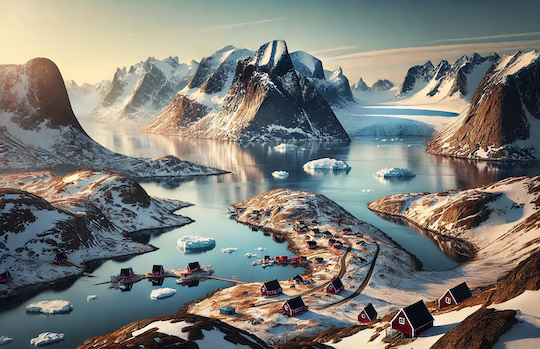
Another layer of complexity comes from geopolitics. Greenland’s strategic location and vast natural resources have drawn interest from powerful nations, including China, the United States, and European countries. Some governments see Greenland not just as a mining frontier but as a key player in the global resource supply chain. This has led to debates over foreign investment, national security, and who ultimately controls Greenland’s mineral wealth.
What Lies Ahead?
Greenland’s resource potential places it at a unique crossroads where deep geological time meets modern economic and environmental realities. As ice continues to melt and technology advances, mining in Greenland may become an increasingly attractive option for investors and governments alike. However, the path forward is anything but straightforward.
Balancing economic growth with environmental responsibility will be one of Greenland’s greatest challenges in the coming years. Sustainable mining practices, strict regulations, and strong local governance will be essential to ensuring that Greenland’s mineral wealth benefits its people without causing irreversible damage to its pristine landscapes.
Ultimately, the question remains: who will get to decide what happens next? Will Greenland chart its own course, or will global powers dictate its future? As the world races for critical minerals, Greenland’s role in the 21st-century resource economy is just beginning to unfold.
